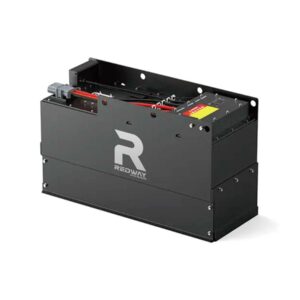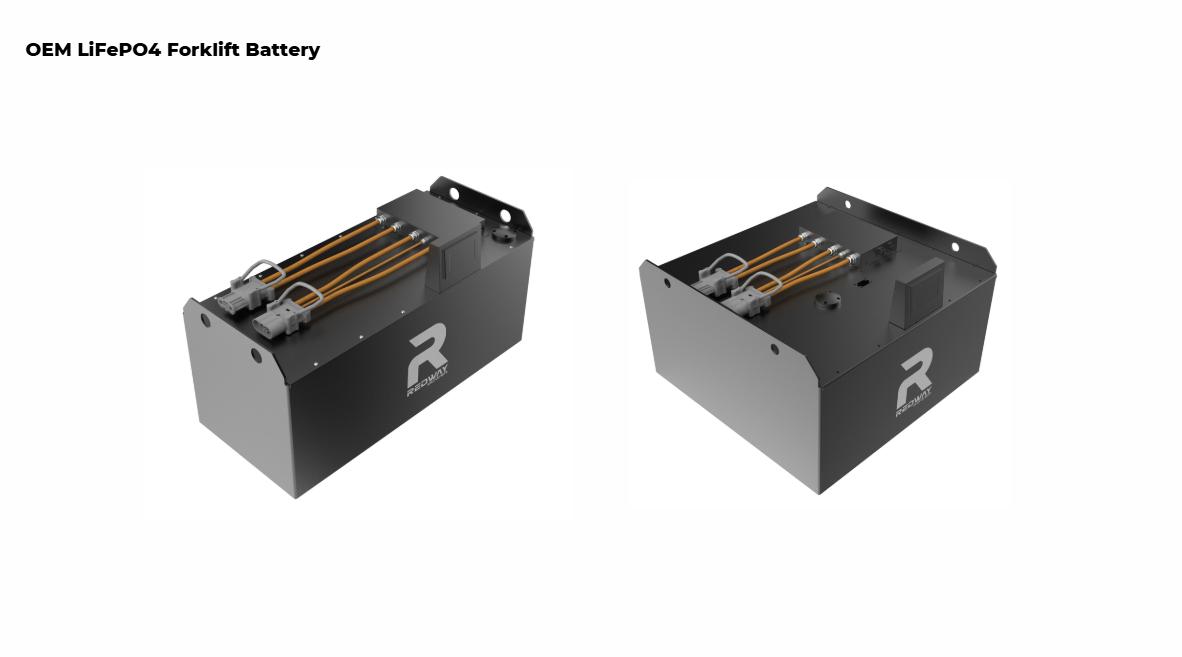Why Choose Lithium Iron Phosphate Batteries for Forklifts?
Lithium iron phosphate (LiFePO4) batteries are increasingly preferred for forklifts due to their longer lifespan, faster charging, and enhanced safety compared to lead-acid batteries. They reduce downtime, operate efficiently in diverse temperatures, and lower total ownership costs. These batteries also support sustainable operations with zero emissions during use and 100% recyclability.
How Do LiFePO4 Batteries Outperform Lead-Acid in Forklifts?

LiFePO4 batteries charge 3x faster, last 4–5x longer (3,000+ cycles vs. 500–1,000 for lead-acid), and maintain consistent voltage. They eliminate acid spills, require no watering, and operate at full capacity even at 20% charge. Energy efficiency is 30% higher, reducing electricity costs.
| Feature | LiFePO4 | Lead-Acid |
|---|---|---|
| Cycle Life | 3,000+ cycles | 500–1,000 cycles |
| Charge Time | 1–2 hours | 8+ hours |
| Energy Efficiency | 95% | 65–70% |
Extended runtime and rapid charging capabilities allow warehouses to implement opportunity charging during breaks or shift changes. Unlike lead-acid batteries that degrade with partial charging, LiFePO4 cells thrive on intermittent top-ups. This flexibility enables continuous operations without battery swaps, increasing productivity by up to 30%. Additionally, the flat discharge curve ensures consistent power output until depletion, eliminating the performance drop seen in lead-acid models during the final 20% of discharge.
Can LiFePO4 Batteries Be Recycled Sustainably?
Yes. Over 95% of LiFePO4 materials are recyclable. Cobalt-free chemistry simplifies recycling, and programs like Redway’s EcoReturn reclaim 98% of lithium, iron, and phosphate for reuse in new batteries or solar storage systems.
Modern recycling facilities use hydrometallurgical processes to recover battery-grade materials with 99.7% purity. The closed-loop system ensures minimal environmental impact, with recycled materials requiring 60% less energy to process than virgin resources. Companies like Redway Power partner with third-party certifiers to validate recycling claims, providing transparency through material traceability reports. This circular approach not only reduces landfill waste but also stabilizes supply chains by decreasing reliance on mined lithium, which is projected to face a 30% shortage by 2030.
What Safety Advantages Do Lithium Iron Phosphate Batteries Offer?
LiFePO4 batteries are non-combustible under extreme conditions and thermally stable up to 270°C. They lack explosive hydrogen gas emissions and corrosive acid, making them safer for warehouses. Built-in Battery Management Systems (BMS) prevent overcharging, overheating, and short circuits.
Which Industries Benefit Most from LiFePO4 Forklift Batteries?
Cold storage facilities gain from LiFePO4’s -20°C to 60°C operational range. Manufacturing plants utilize rapid charging for 24/7 shifts, while e-commerce warehouses reduce emissions. Automotive and pharmaceutical sectors prioritize their maintenance-free operation and compliance with air quality standards.
When Does the Higher Initial Cost of LiFePO4 Pay Off?
The 2–3x higher upfront cost is offset within 2 years through reduced energy bills ($3,000/year savings), zero maintenance, and no replacement needs for 8–10 years. Total lifetime savings often exceed $15,000 per forklift compared to lead-acid.
How to Optimize LiFePO4 Battery Lifespan in Forklifts?
Avoid full discharges; keep charge between 20%–80% for daily use. Use compatible 48V chargers with temperature sensors. Clean terminals quarterly with isopropyl alcohol. Store at 50% charge in 15°C–25°C environments during prolonged inactivity.
Expert Views
“LiFePO4 is revolutionizing material handling. A major automotive client reduced fleet charging costs by 40% and achieved ROI in 14 months. Future models will integrate AI-driven adaptive charging to extend cycle life by 20%.”
— Dr. Elena Torres, Head of Energy Solutions, Redway Power
Conclusion
Lithium iron phosphate batteries provide a transformative upgrade for forklifts, merging operational efficiency with long-term cost and environmental benefits. Their adoption aligns with global trends toward electrification and sustainable logistics.
FAQ
- Do LiFePO4 forklift batteries require ventilation?
- No. Unlike lead-acid, they emit no gases, enabling safe use in confined spaces.
- How long does a LiFePO4 forklift battery charge take?
- 1–2 hours for 80% charge using fast chargers, versus 8+ hours for lead-acid.
- Are lithium forklift batteries compatible with older equipment?
- Yes, with retrofit kits adjusting voltage and connectors. Consult manufacturers for certification.

